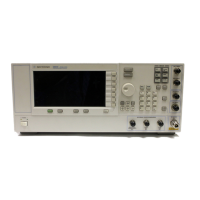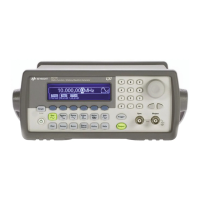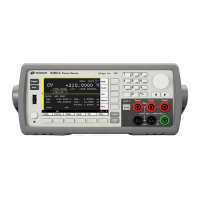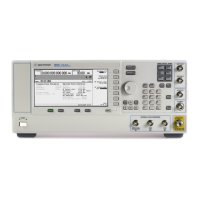28 Keysight CXG, EXG, and MXG X-Series Signal Generators Service Guide
Overview
ESD Information
Electrostatic Discharge (ESD) Protective Supplies
Handling of Electronic Components and ESD
The possibility of unseen damage caused by ESD is present whenever
components are transported, stored, or used. The risk of ESD damage can be
greatly reduced by paying close attention to how all components are handled.
— Perform work on all components at a static-safe workstation.
— Keep static-generating materials at least one meter away from all
components.
— Store or transport components in static-shielding containers.
Test Equipment Usage and ESD
— Before connecting any coaxial cable to any electronic equipment,
momentarily short the center and outer conductors of the cable together.
— Personnel should be grounded with a 1 megohm resistor-isolated
wrist-strap before touching the center pin of any connector and before
removing any assembly from the analyzer.
— Be sure that all equipment is properly earth-grounded to prevent build-up
of static charge.
For Additional Information about ESD
For more information about preventing ESD damage, contact the Electrical
Over Stress/Electrostatic Discharge (EOS/ESD) Association, Inc. The ESD
standards developed by this agency are sanctioned by the American National
Standards Institute (ANSI).
Description Part Number
ESD connector end cap front-panel RF output 1401-0247
ESD connector end cap-GPIB 1252-5007
2 X 4 Ft. Antistatic Table Mat with 15 FT. Ground Wire 9300-0797
5 Ft. Grounding Cord (for wrist strap) 9300-0980
Adjustable Antistatic Wrist Strap 9300-1367
Always handle printed circuit board assemblies by the edges. This will
reduce the possibility of ESD damage to components and prevent
contamination of exposed plating.

